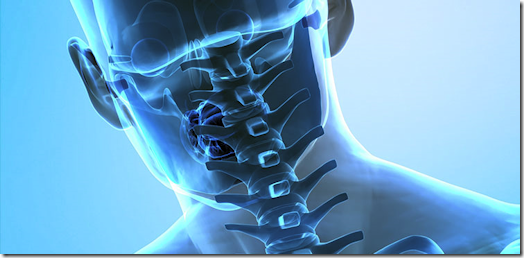I originally wrote this article back in 2011 following an RAC story about bad car posture. I must confess I was dismissive of it – and still am to some extent – but my writing style has changed in the nine years that have passed. I’ve also had a string of hits on the subject recently. So an update was due.
We’ve known about repetitive strain injury (RSI) for many years. It’s where repetitive movements usually involving the hands and arms can result in tendon and muscle damage. True RSI can be a very serious and debilitating problem for some people, but there are many more people who either mistakenly attribute every ache and twinge to it, or who are just pulling a sickie at work. This is largely due to the difficulty in diagnosing it.
The RAC decided to coin a new term – repetitive driving injury, or RDI. They went on to claim it affects half of all British drivers, and said that it was due to poor posture. Symptoms apparently include foot cramps, aching sides, stiff necks, headaches, and eye strain.
Sorry, but if we are using RSI and RDI in the same breath, eye strain is not an RSI issue – if you have a rest your eyes are fine again, and you’re not going to do them any long-term damage just by using them to look at things. The same goes for cramps, aches, and stiff necks in the vast majority of cases. Yes, they might be brought on by bad posture or doing something your neck and legs aren’t used to (going on a six-hour drive, for example, when you normally don’t go further than Tesco half a mile away once a week). But again, a bit of a twinge a couple of times is not going to do you any lasting harm. Christ! I’ve lost count of the number of times I’ve pulled my back cleaning the inside of my windscreen due to leaning and stretching, and that isn’t RDI. And there is no way that “half the population” is suffering from it, when genuine RSI only occurs in up to 10% of the population.
The original eBay Motors source survey (described as “a study”, when it is merely a poll) says that it is caused by people not knowing how to adjust their seat. What? Half the population doesn’t know how to do that? It’s more a case of people choosing not to adjust their seat properly, or simply not bothering.
Every pupil I take on, I teach them the cockpit drill, and get them to adjust the seating and mirrors properly. After closing the door, the first thing they should adjust is the seat:
- left leg should be able to push the clutch right to the floor with a slight bend at the knee (i.e. no stretching)
- seat height should be adjusted (if possible) so that the eyes are about half-way between top of the wheel and top of the windscreen (also if possible)
- the seat back and steering wheel position should be adjusted for optimum comfort, but so that with outstretched arms the wrists will rest on top of the steering wheel (if possible)
- the head restraint pad should be level with your ears (if possible)
I say “if possible” in the above list, because some pupils are very short or very tall, or are carrying extra body weight, and they have to adjust things as best they can. By doing it in a structured way, the driver will not have to stretch to operate the pedals or contort themselves to operate any of the controls.
However, I have no control over them once they pass their tests, and many – the males in particular – will be intent on cultivating an image to take precedence over everything else. For example, sitting in a bucket seat in a reclined position, eyes barely level with the top of the steering wheel, right arm draped over it so they’re leaning about 20 degrees towards the middle of the car so they can see how they look in the mirror and fiddle with the stereo to find the most irritating thump-thump-thump-thump-thump track possible (or the one where they lean 20 degrees to the right, elbow on the door arm rest, stroking their bum-fluff stubble)… you see (and hear) it every day. I had one recently who, for some reason best known to himself, had decided to start changing gear by twisting his wrist round and gripping the stick from above – resulting in finding 1st instead of 3rd about 80% of the time. After I bollocked him about posing he went back to the way I’d originally taught him and the problem went away (and he passed first time a few weeks ago).
Pupils often have to be pushed into the cockpit routine for quite a while after the first lesson. A lot of them (again, mainly the males) will leap in and try to put it in gear, even though at that point they can barely reach the pedals when they’re up (and don’t get me started on the mirrors). Others (mainly the females) will insist on moving the seat so far forward that the steering wheel is literally a few centimetres from their chests, their arms are cramped right up, and the pedals are almost underneath them.
On more than one occasion a pupil has complained of cramp or leg discomfort during a lesson, even after doing proper adjustments. It’s most common with new drivers, especially when doing a manoeuvre, or if we’re driving in heavy traffic (with a lot of clutch work).
And it is not RDI.
It usually comes down to poor “driving fitness” in people who may not use their leg muscles very much. It goes away after a few lessons – though I’m sure it will come back if they start trying to “be cool” by posing once they pass.